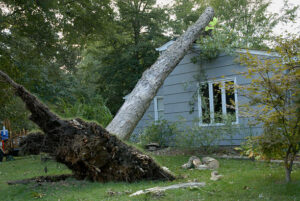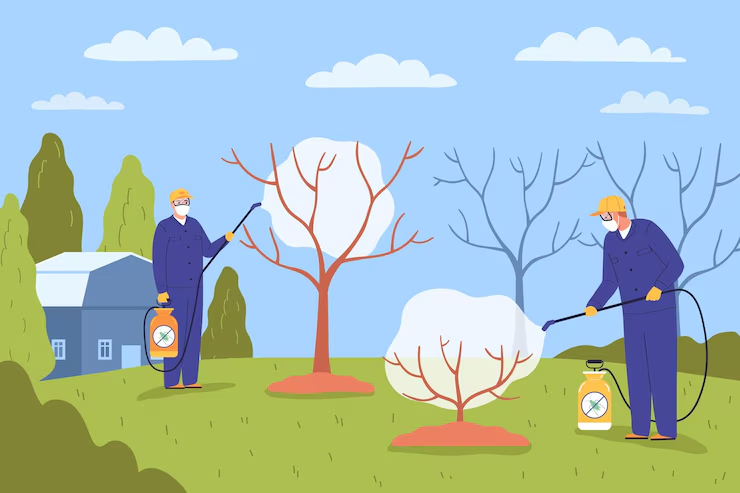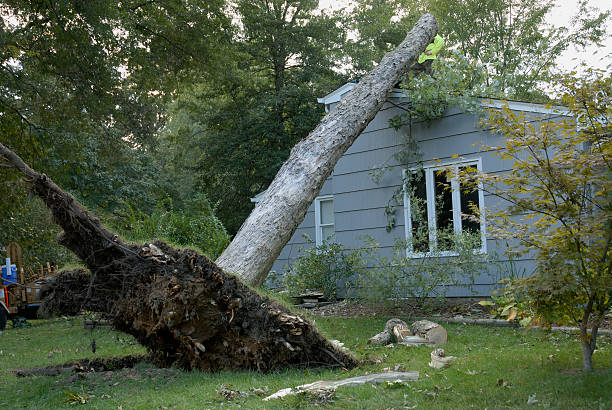How to Prune Fruit Trees for Maximum Yield
Pruning fruit trees is the key to better fruit production. Done right, it boosts yield, improves tree health, and enhances fruit quality. Done wrong, it can stunt growth and weaken branches.
This guide walks you through the essential steps for proper pruning.
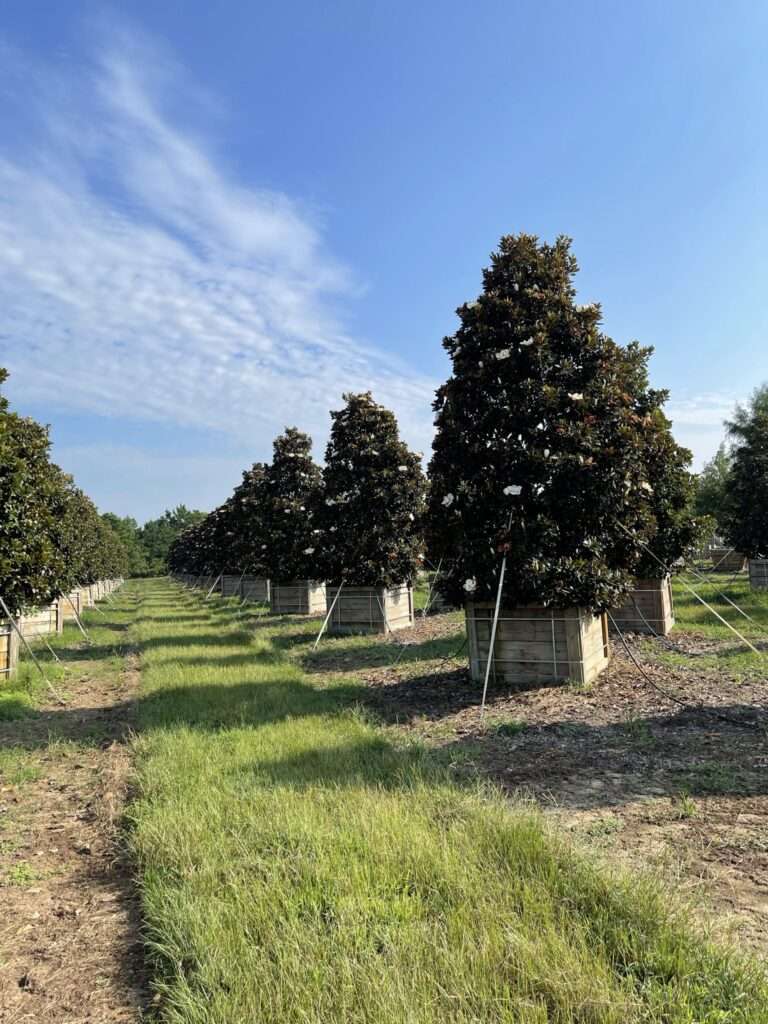
Why Prune Fruit Trees?
Pruning controls tree growth and directs energy where it matters—fruit production.
✅ Bigger & Better Fruit – Redirects energy to fruiting branches. ✅ More Sunlight = Sweeter Fruit – Sunlight enhances sugar production. ✅ Better Airflow = Fewer Diseases – Reduces moisture buildup and fungal issues. ✅ Stronger Structure – Prevents branches from snapping under fruit weight. ✅ Easier Harvesting – Keeps fruit within easy reach.
Best Time to Prune
🌱 Winter Pruning (Dormant Season) – For Growth
- Ideal for apples, pears, peaches, and plums.
- Done in late winter, before spring growth.
- Encourages strong, new shoots.
☀️ Summer Pruning – For Fruit Quality
- Controls excessive growth and improves fruit size.
- Best for stone fruits like peaches and cherries.
- Exposes fruit to more sunlight for better ripening.
🍂 Avoid Fall Pruning
- Late cuts expose trees to frost damage.
- Can weaken the tree before dormancy.
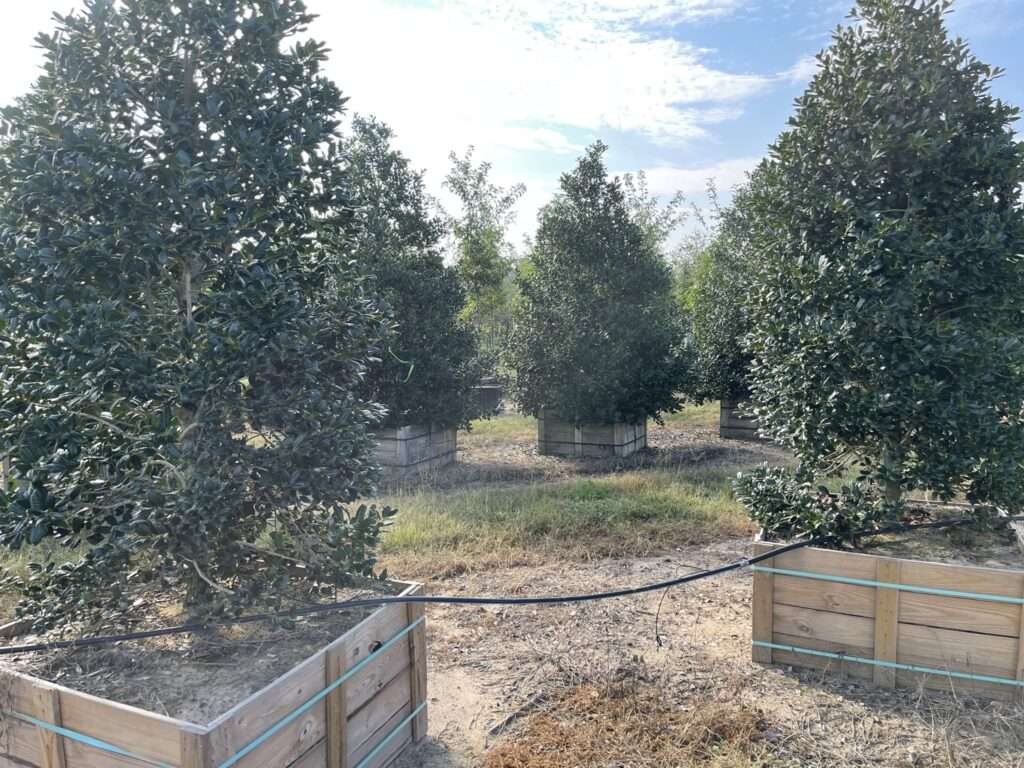
Essential Pruning Tools
🔪 Hand Pruners – For small twigs. ✂️ Loppers – For medium branches (1-2 inches thick). 🪚 Pruning Saw – For thick branches (2+ inches). 🌳 Pole Pruner – For high branches. 🧼 Disinfectant – Prevents disease spread.
How to Prune for Maximum Yield
1️⃣ Remove Dead, Diseased, & Weak Branches
- Look for cracked, fungus-infected, or budless branches.
- These waste energy and weaken the tree.
2️⃣ Open the Canopy (More Sun = More Fruit)
- Thin out overcrowded branches.
- Remove inward-growing branches.
- Shape the tree using an open vase or central leader form.
3️⃣ Cut at a 45° Angle (Prevents Rot)
- Always cut just above an outward-facing bud.
- Angled cuts help water drain away, reducing disease risk.
4️⃣ Eliminate Suckers & Water Sprouts
- Suckers – Grow from the base, draining nutrients.
- Water Sprouts – Thin, vertical shoots that don’t fruit.
5️⃣ Shape Based on Tree Type
🍏 Apple & Pear Trees – Use a central leader (single strong trunk). 🍑 Peach, Plum & Cherry Trees – Use an open vase shape (wider spread for light penetration). 🍊 Citrus Trees – Minimal pruning, remove weak or crossing branches.
6️⃣ Encourage Fruiting Spurs
- Apples & pears fruit on short, stubby branches (spurs).
- Avoid over-pruning these, or you’ll lose next season’s fruit.
7️⃣ Keep the Tree at a Manageable Height
- 8-12 feet is ideal for easy harvesting.
- Tall, non-fruiting branches? Remove them.
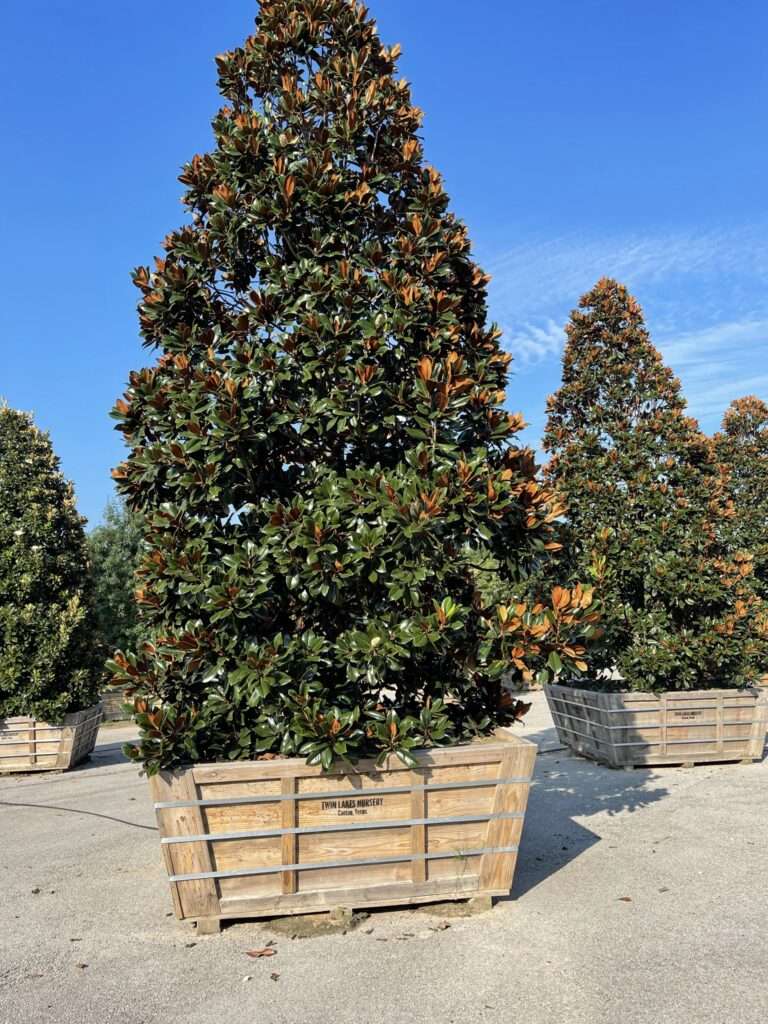
Post-Pruning Care
✅ Seal Large Cuts – Prevents infections on thick branches. ✅ Fertilize – Supports recovery and new growth. ✅ Water Deeply – Essential after heavy pruning. ✅ Monitor for Pests – Fresh cuts attract insects.
Common Pruning Mistakes to Avoid
❌ Over-Pruning – Remove no more than 25% of the tree per year. ❌ Leaving Stubs – Always cut close to a bud or branch. ❌ Topping the Tree – Weakens structure and reduces fruiting. ❌ Ignoring Young Trees – Early pruning sets the tree’s shape for life.
FAQs
How often should I prune my fruit trees?
Once a year. Heavy pruning in late winter, light pruning in summer if needed.
Will pruning reduce fruit production?
Not if done right. Over-pruning can lower yield, but proper pruning boosts fruit quality and quantity.
Do I need to seal pruning cuts?
Only for large cuts (2+ inches). Small cuts heal naturally.
Final Thoughts
Pruning is an investment in your tree’s future. Done properly, it leads to stronger, healthier trees and a more bountiful harvest.
Need professional tree trimming? Check out our expert pruning services.
Related Services:
- Tree Removal Services in Arlington
- Tree Removal Services in Keller
- Tree Removal Services in Fort Worth
- Tree Removal Services in Grand Prairie
- Tree Removal Services in Dallas
- Tree Trimming and Pruning
- Certified Arborist Services


